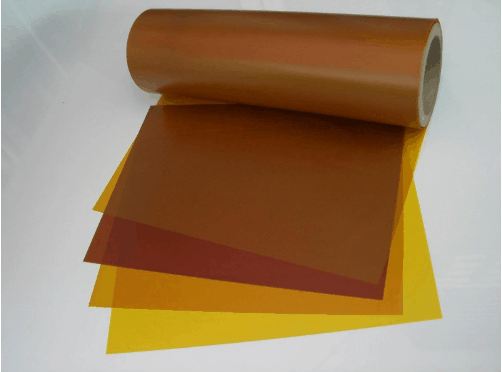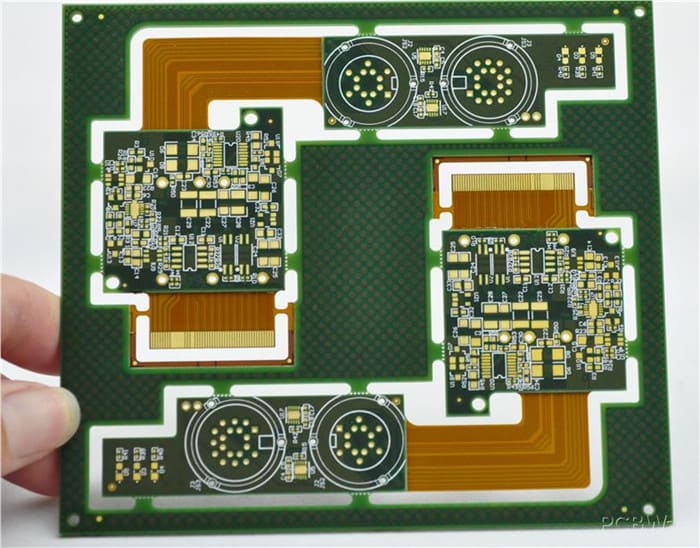A brief introduction to rigid flexible printed circuit board technology
Rigid-flexPCBs solution is a good choice to many applications on electronic devices. Many designers will face the pressure to build more and more dense electronic devices, and more importantly, they will have to reduce manufacturing costs and shorten manufacturing time.
Rigid flexible printed circuit boards are likely to become a trap new technology for novices to succeed. Therefore, it is wise to understand how to make flexible circuits and hard and soft connectors. In this way, we can easily find hidden dangers in the design and prevent problems. Now, let's see what basic materials are needed to make these circuit boards.
Substrate and protective film

In more applications, we need more flexible plastic films than epoxy resins. Our most commonly used material is polyimide (PI), which is very soft and strong, not easy to tear or stretch. It also has incredible thermal stability and can easily withstand temperature changes during reflow soldering. During temperature fluctuations, we can hardly find its expansion and contraction.
Polyester (PET) is another commonly used flexible circuit material. Compared with only polyimide (PI) film, its heat resistance and temperature deformation are worse than PI film. This material is usually used in low-cost electronic equipment, and the printing line is wrapped in a soft film. Since PET cannot withstand high temperatures, let alone soldering, flexible circuit boards are made through a cold pressing process.
PI film, PET film, thin epoxy resin and glass fiber core are commonly used materials for flexible circuits. In addition, the circuit also needs to use other protective films, usually PI or PET films, and sometimes also need to shield the resistance welding ink. The protective film can protect the conductor insulation from corrosion and damage, and the thickness of the PI and PET films is in the range of 1/3 mil to 3 mils, of which 1 mil or 2 mils are usually used. Glass and epoxy materials are relatively thick, usually 2 to 4 mils.
Electric conductor

The copper conductors are a common choice. The best choice is electrolytic copper foil for responding to the circuit board reducing manufacturing time and cost. Electrolytic copper foil can also increase the current carrying capacity by increasing the weight of copper, so as to obtain the possible width of the copper plate, such as a planar inductor.
As we all know, copper is relatively poor in work hardening and stress fatigue. If the flexible circuit needs to be folded or displaced repeatedly in the final application, advanced rolled tempered copper foil (RA) is a better choice. Obviously, more rolling toughening processes will inevitably increase costs, but before fatigue fracture, the rolled toughened copper foil can be bent and folded more times. It increases the elasticity in the Z deflection direction that we need, and it makes us live longer in applications where we often bend and roll. Because the rolling toughening process extends the grain structure in the plane direction.
After the copper foil passes through the high-pressure roller, its grain structure can be extended in the plane direction, making the copper softer and increasing the elasticity of the z-axis. A typical example is the connection between the bracket and the cutter head, or the laser head in a Blu-ray drive (shown below).
In the Blu-ray machine, a flexible circuit is used to connect the laser to the main circuit board. Note that the flexible circuit on the circuit board on the laser head needs to be bent at a right angle. Glue balls are used here to enhance the connection of the flexible circuit.
Article is from: http://www.darlox.com
Post Your Ad Here
Comments